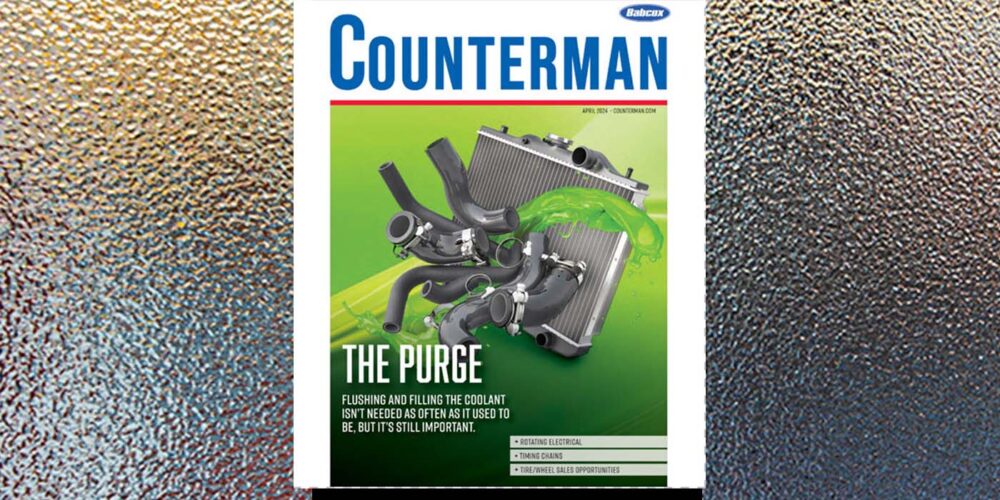Oil filters keep the oil clean by trapping dirt, wear debris and other solid contaminants (such as soot in the case of diesel oil filters). The life of the filter depends on its filtering efficiency and dirt-holding capacity.
Filtering efficiency actually increases over time because the more debris the media traps, the more efficient it becomes at trapping additional debris. The downside is that eventually the media becomes saturated with debris and plugs up. The restriction causes the filter’s bypass valve to open, preventing a catastrophic loss of oil pressure that would ruin the engine. Oil continues to flow past the filter, but it is unfiltered oil that carries contaminants. If the filter is not replaced, the concentration of contaminants in the oil will continue to increase, accelerating engine wear.
Believe it or not, smaller particles cause more engine bearing wear than larger particles. Most wear is caused by particles in the 5 to 20 micron size range because that’s the minimum oil film clearance between many bearings and their journals.
A standard oil filter that contains a pleated cellulose filter media is most efficient at trapping particles that are 25 to 30 microns and larger in size. It might trap 98 percent of particles that are 25 microns and larger, but allow many of the smaller particles pass right through. It’s filtering capacity of particles 10 microns and smaller might only be 40 percent or less.
A filter that uses a combination media made of cellulose with glass microfibers or other synthetic fibers creates a finer mesh that is more efficient at trapping smaller particles. Such a filter might trap up to 99 percent of particles down to 10 microns, and 95 percent of particles down to 5 microns.
High-efficiency filters are a special class of oil filters that use even finer filtering media or a centrifugal (spinning) design to separate the smallest wear particles (as small as 1 to 5 microns) from the oil. This type of filter is used primarily on large trucks and fleet vehicles to extend oil service intervals.
The smaller the particles trapped by the filter media, the more the filter restricts oil flow. Consequently, most of these high-efficiency filters are either two-stage filters (combination fullflow/bypass in one can) or are mounted in a separate bypass circuit. Most of the oil flows through the primary fullflow filter while 5 to 10 percent is routed through the higher efficiency bypass filter. The high-efficiency bypass filter is slower to accomplish its work, but over time produces much cleaner oil that allows the oil to go much further between oil changes (up to two to three times further) depending on the type of oil used (full synthetics and synthetic blends can go further than conventional oils).
The extended service intervals of 5,000 miles to 7,500 miles (or higher) that most automakers now recommend for “normal” service on passenger cars and light trucks are based on two things: using a high-quality motor oil and a high quality oil filter. Premium oil filters usually have higher efficiency ratings for particles in the 5 to 20 micron size range, and up to two to three times more dirt holding capacity than a standard economy oil filter.
Most of today’s 5W-20 and 5W-30 motor oils are actually synthetic blends that combine higher-quality synthetic oils with the conventional base stock oil. The use of higher quality base stocks is necessary to meet the more demanding performance requirements of today’s engines. Because of this, most oils can outlast a standard oil filter — which means oil change intervals are really based on the life of the filter rather than the life of the oil.
Upgrading to a premium-quality oil filter assures the filter will last as long as the oil and won’t plug before the next oil change. This is especially important with oil change intervals of 7,500 miles or longer, and with vehicles that use a service reminder light or oil quality sensor to indicate when the next oil change is needed.







